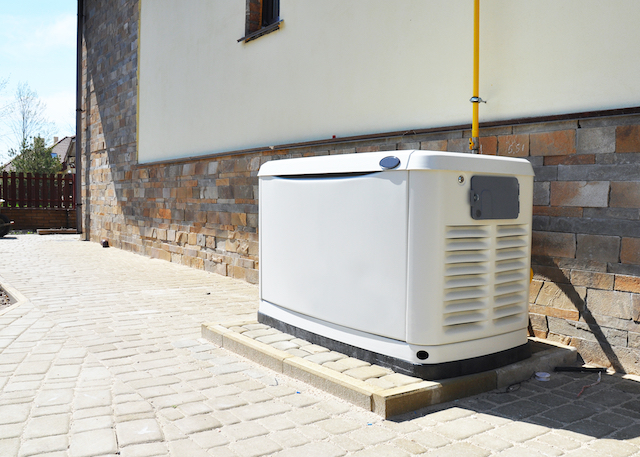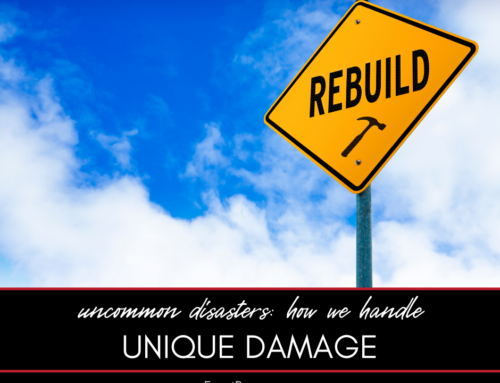Like most people on the planet, at one time or another, you’ve likely experienced a loss of power to your home during a storm, or other weather-related event.
In fact, Americans experience an average of 1.3 power outages each year lasting approximately four hours, according to the U.S. Energy Information Administration. Homeowners who live in areas of the country that are prone to severe weather like tornadoes, hurricanes, snow and ice storms, and floods tend to experience even more outages.
When the power goes out, and your fridge and air conditioner cease their steady hum, you probably wish you had acted on your thought to invest in a backup power generator. If you’re thinking about making a move to get a generator for your home here are some things you should know.
How generators work
Backup generators operate on gas, propane, or diesel fuel, and generate power in much the same way a car does—by transforming mechanical power into electrical energy to be used to power-up your lights, appliances, and even your HVAC system.
Getting the right size generator for your needs
Generators come in different sizes, the smaller ones are typically designed to generate enough power to backup only a few appliances in your home. If you want to keep things like your refrigerator and HVAC system running, a smaller-sized generator can work well. If you want to include electronics and other systems, you’ll likely need to invest in a whole-home generator.
Cost
Backup generators can range in price from several hundred dollars to several thousand, depending on the size of the unit. If you simply want to provide power to your refrigerator to prevent your food from spoiling, and run lights in your home, a gasoline-fueled generator that runs for up to seven hours before the tank needs a refill can be right for your needs. Such generators can cost around $700.









